Uthai Thani, a 4-hour drive from Bangkok, has long been praised for its pristine nature. The province is home to Huai Kha Khaeng Wildlife Sanctuary, which together with the Thung Yai Naresuan Wildlife Sanctuary, is a UNESCO World Heritage Site.
Making a trip to the province during the rainy season is ideal, as the greenery is at its lushest and the air is clean and fresh. The province’s cultural attractions; such as, temples and food, are also worthy of a visit.
Although we have to delay our trip due to COVID-19 and there’s the closure of many tourist attractions, you can save this programme for future reference when all these places are ready to open their doors and welcome visitors once again.
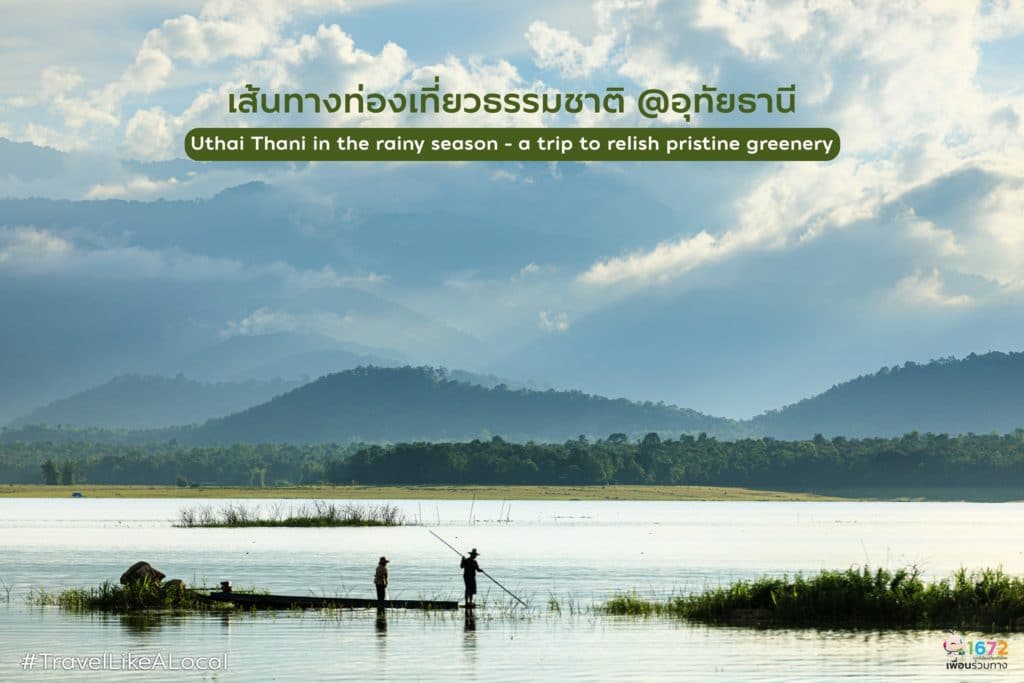
Our 3-day and 2-night trip to Uthai Thani covers its two districts of Ban Rai and Lan Sak, respectively. Ban Rai district is about 80 kilometres from Uthai Thani town, and some 250 kilometres from Bangkok.
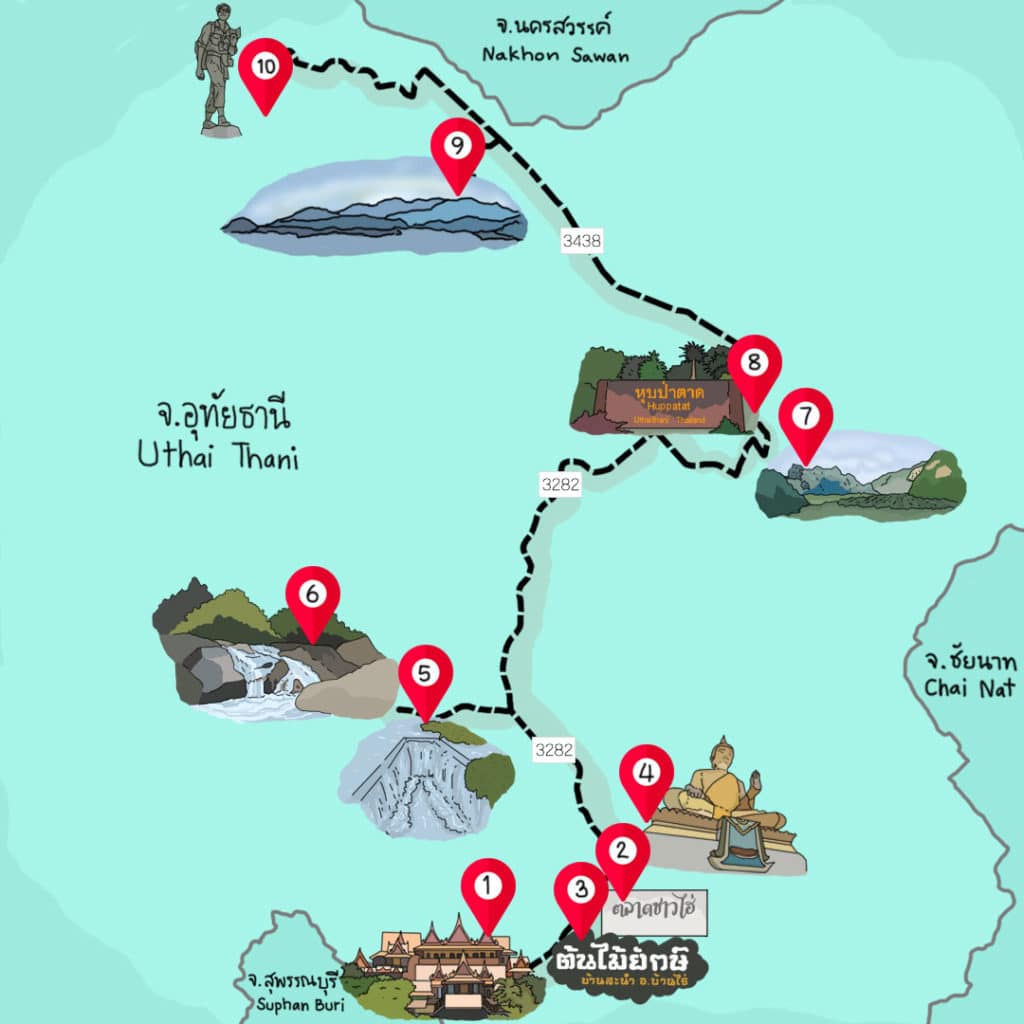
- Itinerary
- Day 1
- Visit the scenic temple of Wat Tam Khao Wong.
- Shop for organic produce at Talat Sao Hai.
- Admire the big tree of Ban Sanum.
- Pay respect to Uthai Thani’s largest Buddha image at Wat Pha Thang.
- Day 2
- Take a selfie at the Pang Sawan Reservoir.
- Have a quiet moment by the Pang Sawan Waterfall.
- See the mountains while enjoying somtam at Ban Chai Khao Viewpoint.
- Explore the Hup Pa Tat trail for rare plants and a shocking pink dragon millipede.
- Day 3
- Have a picnic at the Tap Salao Reservoir.
- Visit the UNESCO World Heritage Site of Huai Ka Khaeng Wild Life Sanctuary.
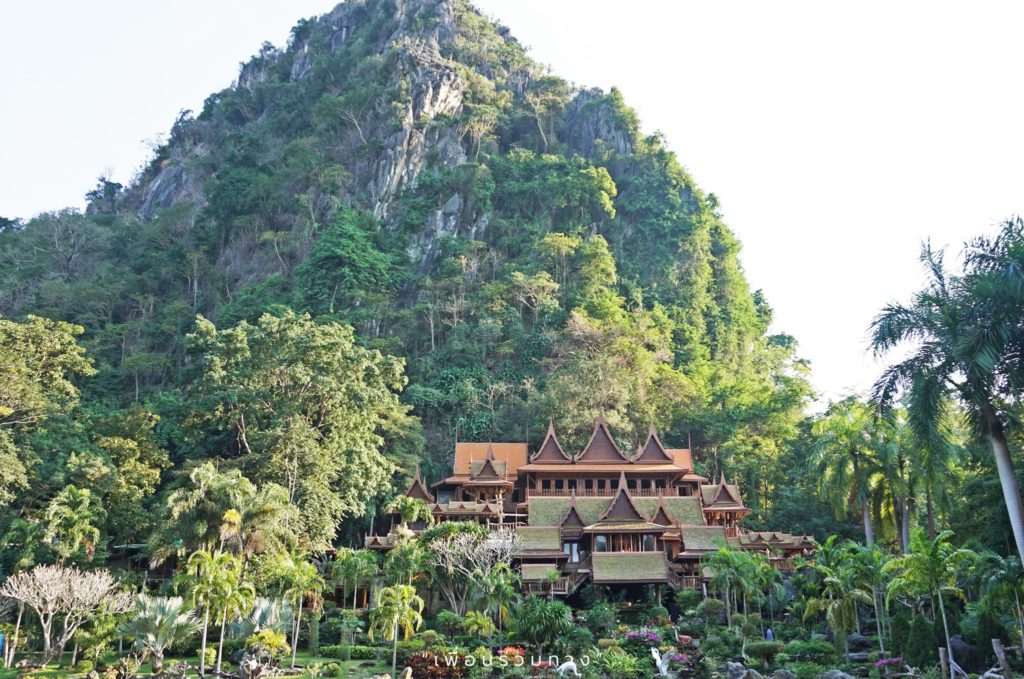
Day 1
Wat Tham Khao Wong
The unique feature of Wat Tham Khao Wong is its buildings that are constructed in the style of a traditional Thai house. The 4-storey structure is made of teak wood donated by the locals and old wood from other provinces.
The temple stands by a mountain and is surrounded by lush greenery. Its front garden and pond are beautiful and well looked after.
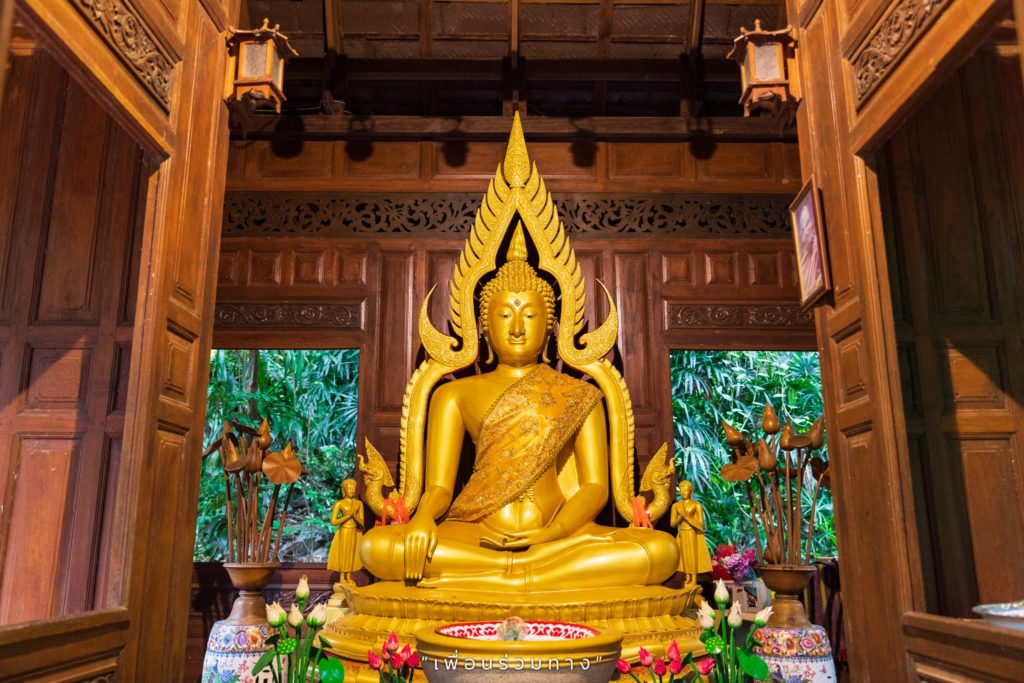
The temple is home to the principal Buddha image in the gesture of subduing mara and the Buddha’s footprints. It also has a public hall for Dharma practice.
 Tambon Ban Rai, Amphoe Ban Rai, Uthai Thani.
Tambon Ban Rai, Amphoe Ban Rai, Uthai Thani.  https://goo.gl/maps/r57dTrGspaPWeUHA6
https://goo.gl/maps/r57dTrGspaPWeUHA6
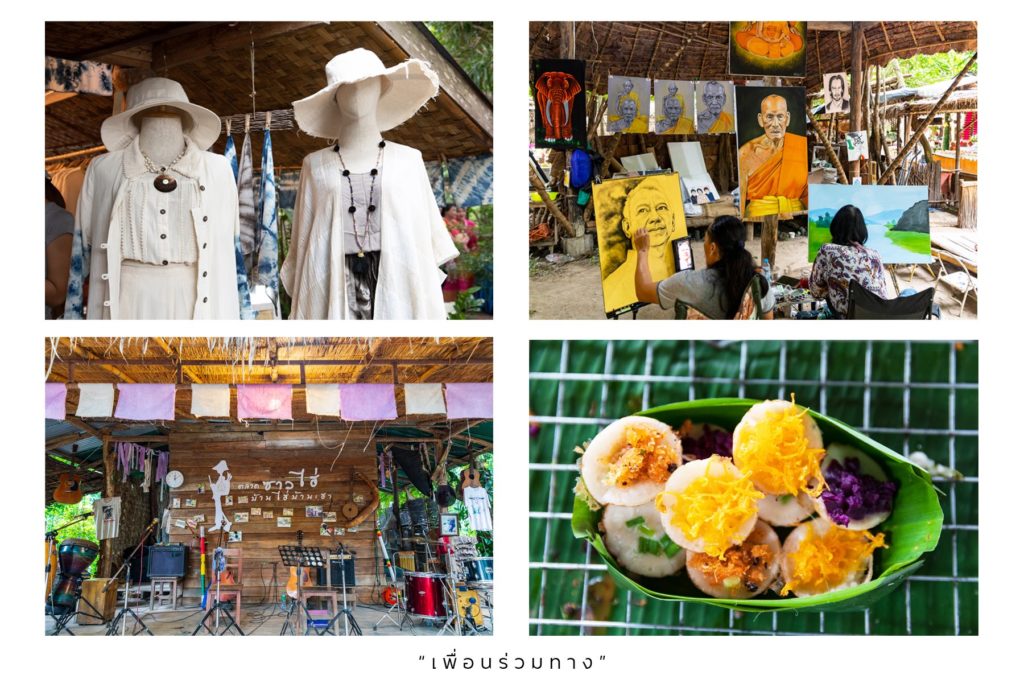
Talat Sao Hai
If you come to Ban Rai district on a weekend, make sure to visit Talat Sao Hai, a market of local organic farmers and artists from various communities.
You can buy fresh farm produce, local food, and many crafts, and there is also live music. The market is a relaxing place frequented by communities of nature enthusiasts.
-
 92 Tambon Ban Rai, Amphoe Ban Rai, Uthai Thani.
92 Tambon Ban Rai, Amphoe Ban Rai, Uthai Thani.  Open Saturday and Sunday 8:00 a.m. – 4:00 p.m.
Open Saturday and Sunday 8:00 a.m. – 4:00 p.m.  08 4337 3505
08 4337 3505  https://goo.gl/maps/53pB4XupE7dQ4Rp88
https://goo.gl/maps/53pB4XupE7dQ4Rp88
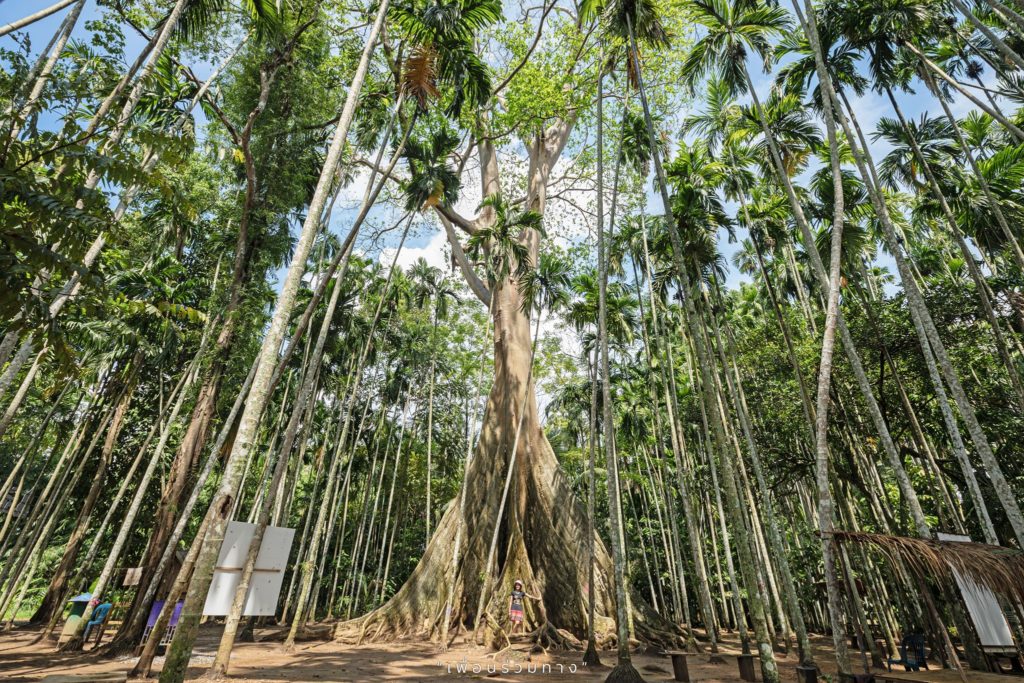
The giant tree of Ban Sanum (Ficus albipila (Miq.)King.)
Standing tall in the midst of a betel nut palm plantation, this giant tree is the last of its kind. It is estimated that the tree is around 300-400 years old. You need 40 tree huggers for this single magnificent creature!
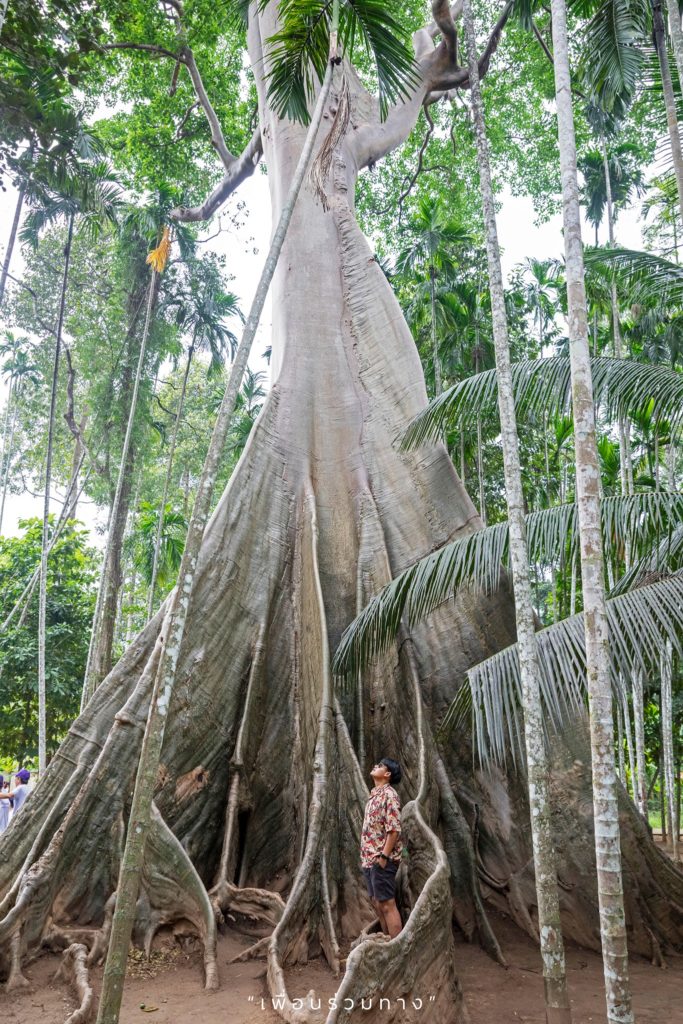
The tree was discovered by a villager and later adopted and conserved by the entire community.
 Tambon Ban Rai, Amphoe Ban Rai, Uthai Thani.
Tambon Ban Rai, Amphoe Ban Rai, Uthai Thani.  https://goo.gl/maps/jbXsafKd9zbzWQf69
https://goo.gl/maps/jbXsafKd9zbzWQf69
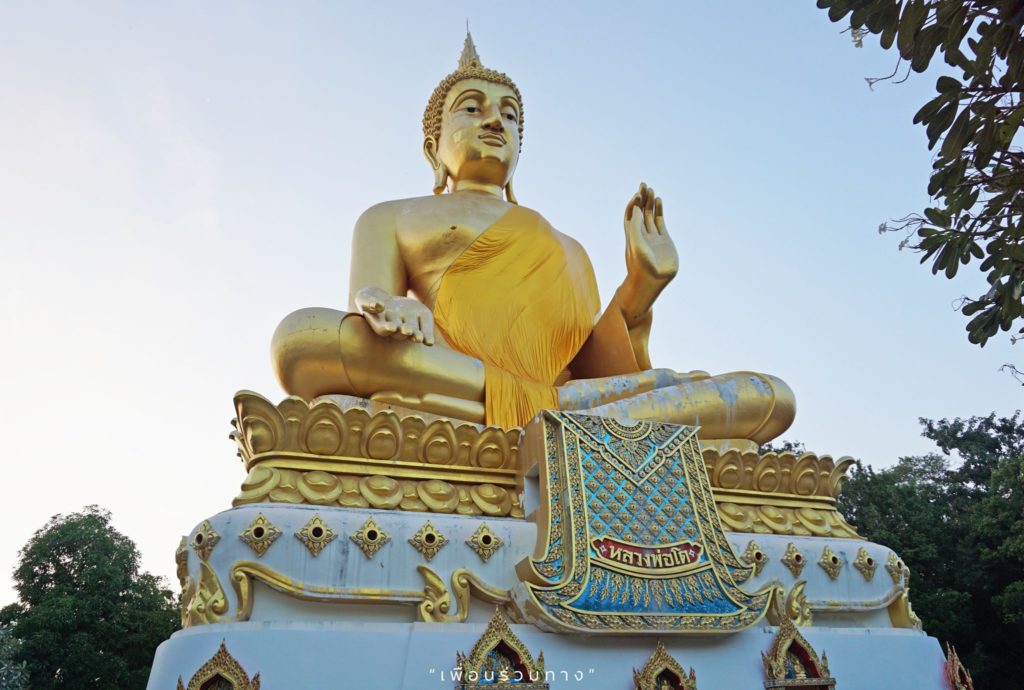
Wat Pha Thang
Locals come to the temple to pay respect to its grand seated Buddha image, Luangpho Tho, which is also Uthai Thani’s largest Buddha image.
 Tambon Huai Haeng, Amphoe Ban Rai, Uthai Thani.
Tambon Huai Haeng, Amphoe Ban Rai, Uthai Thani.  https://goo.gl/maps/8tC6RYkaaLs6T9gm7
https://goo.gl/maps/8tC6RYkaaLs6T9gm7
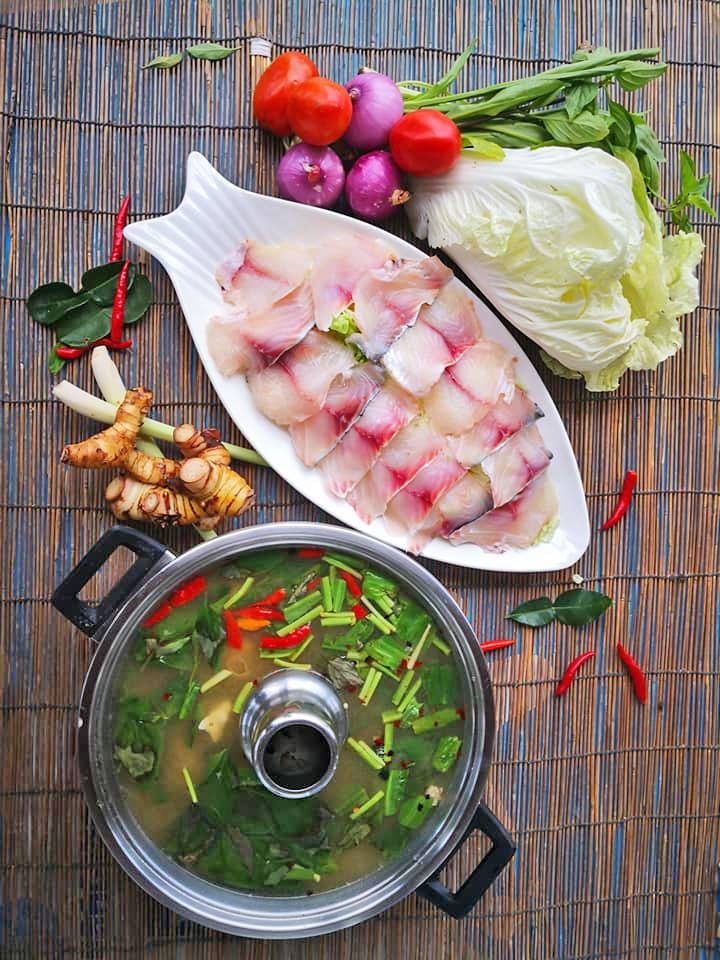
Raan Rung Pochana restaurant
You can find many good restaurants in Ban Rai district but if you like freshwater fish, try Rung Pochana, which specializes in Pla Jum – fish hot pot with a spicy sauce. Their fresh Nile tilapia fillets and aromatic herbal soup are very tasty. There are also other dishes in addition to fish.
 Tambon Thap Luang, Amphoe Ban Rai, Uthai Thani.
Tambon Thap Luang, Amphoe Ban Rai, Uthai Thani.  Open daily Thursday – Tuesday 8:00 a.m. – 9:00 p.m. (closed Wednesdays)
Open daily Thursday – Tuesday 8:00 a.m. – 9:00 p.m. (closed Wednesdays)  06 1486 3665
06 1486 3665  https://goo.gl/maps/q6u3SyTq1rizFk5a6
https://goo.gl/maps/q6u3SyTq1rizFk5a6
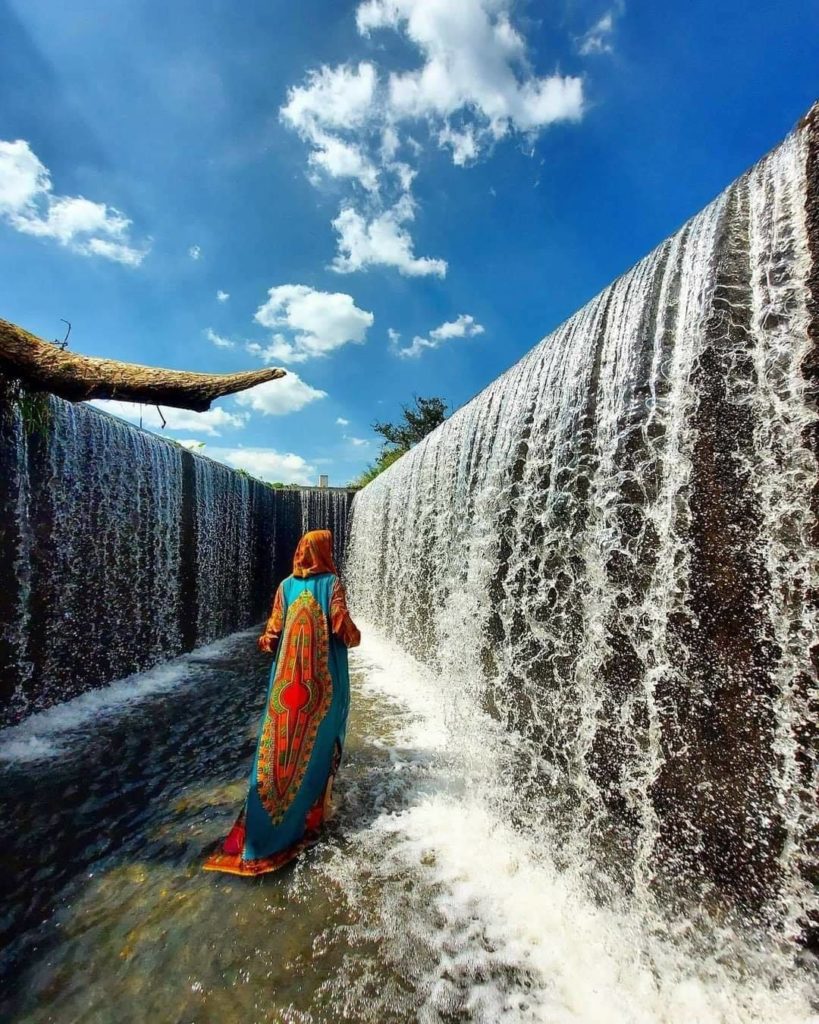
![]() Day 2
Day 2![]() Pang Sawan Reservoir
Pang Sawan Reservoir
This reservoir is very popular among visitors looking for a shot worthy of social media.
A community reservoir to store and delay the water flow, Pang Sawan Reservoir has become an attraction thanks to its photogenic “waterfall”.
 Tambon Khok Khwai, Amphoe Ban Rai, Uthai Thani.
Tambon Khok Khwai, Amphoe Ban Rai, Uthai Thani.  https://goo.gl/maps/3VGj6bNKZXhJuGtB7
https://goo.gl/maps/3VGj6bNKZXhJuGtB7
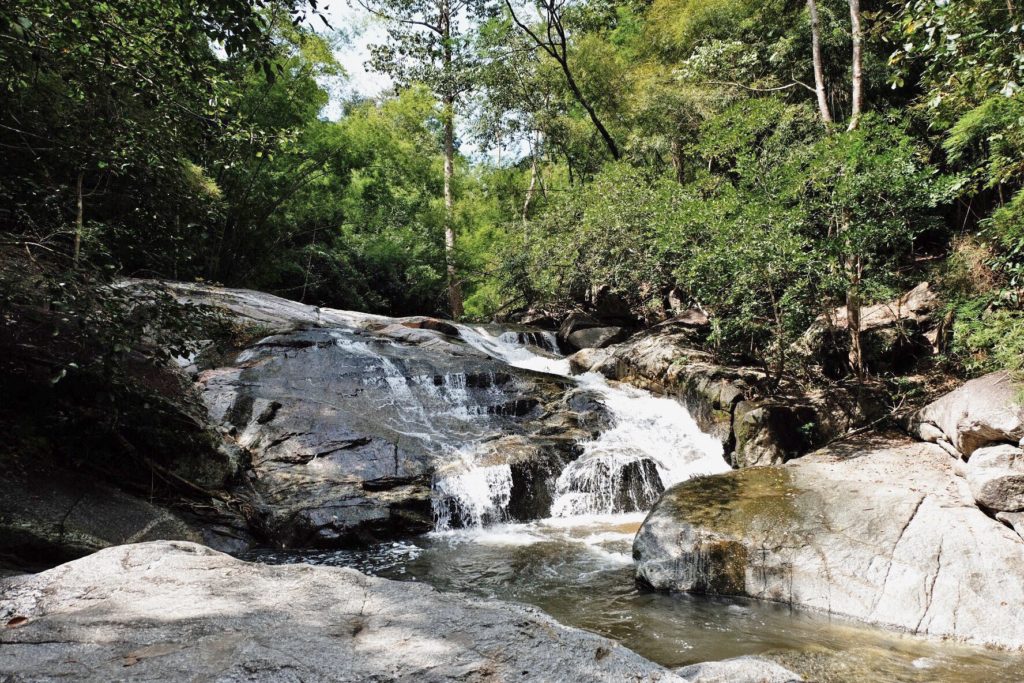
Pang Sawan Waterfall
The waterfall is around 5 minutes’ drive from Pang Sawan Reservoir. You have to walk for about 300-400 metres from the parking lot to the Waterfall. It is accessible all-year round.
 Tambon Khok Khwai, Amphoe Ban Rai, Uthai Thani.
Tambon Khok Khwai, Amphoe Ban Rai, Uthai Thani.  https://goo.gl/maps/2h2r3JtaeCKVMkGm7
https://goo.gl/maps/2h2r3JtaeCKVMkGm7
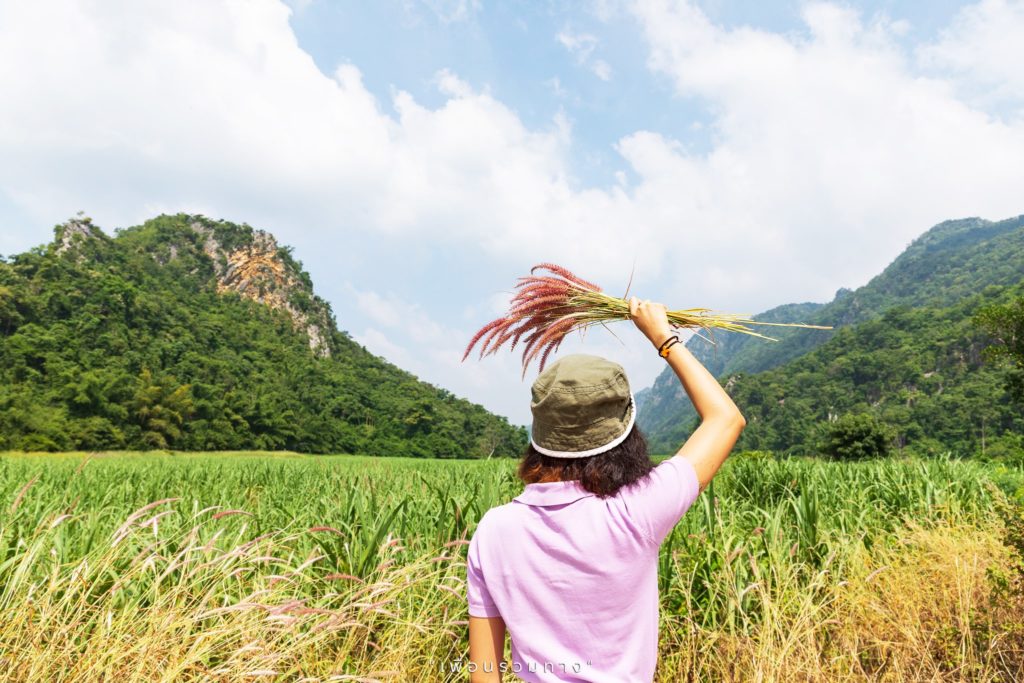
Lan Sak district is about 20 kilometres from Ban Rai district and is among the many major destinations blessed with beautiful nature.
Ban Chai Khao Viewpoint
Limestone mountains stretch into the distance as far as the eye can see from this viewpoint. Fog and the lushness during the rainy and cooler seasons make it even more attractive.
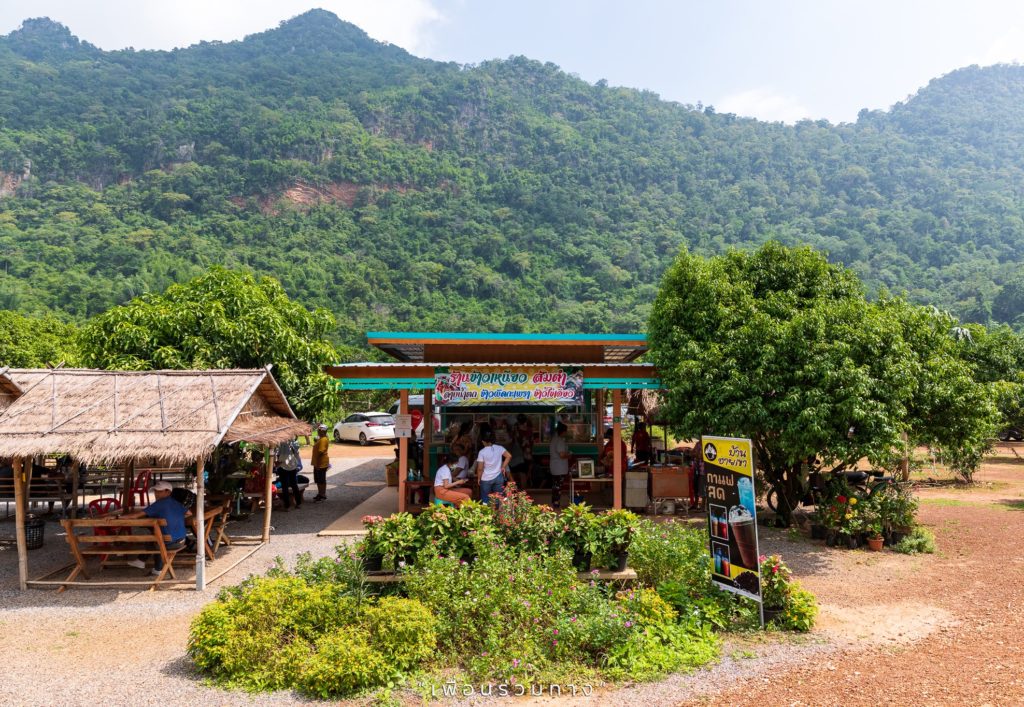
There is a food stall selling drinks and tasty somtam papaya salad nearby.
 Ban Chai Khao, Tambon Tung Na Ngam, Amphoe Lan Sak, Uthai Thani.
Ban Chai Khao, Tambon Tung Na Ngam, Amphoe Lan Sak, Uthai Thani.  Open daily 6:00 a.m. – 6:00 p.m.
Open daily 6:00 a.m. – 6:00 p.m.  08 5731 0853
08 5731 0853  https://goo.gl/maps/TT4XLBiSZyoJQ7sN9
https://goo.gl/maps/TT4XLBiSZyoJQ7sN9
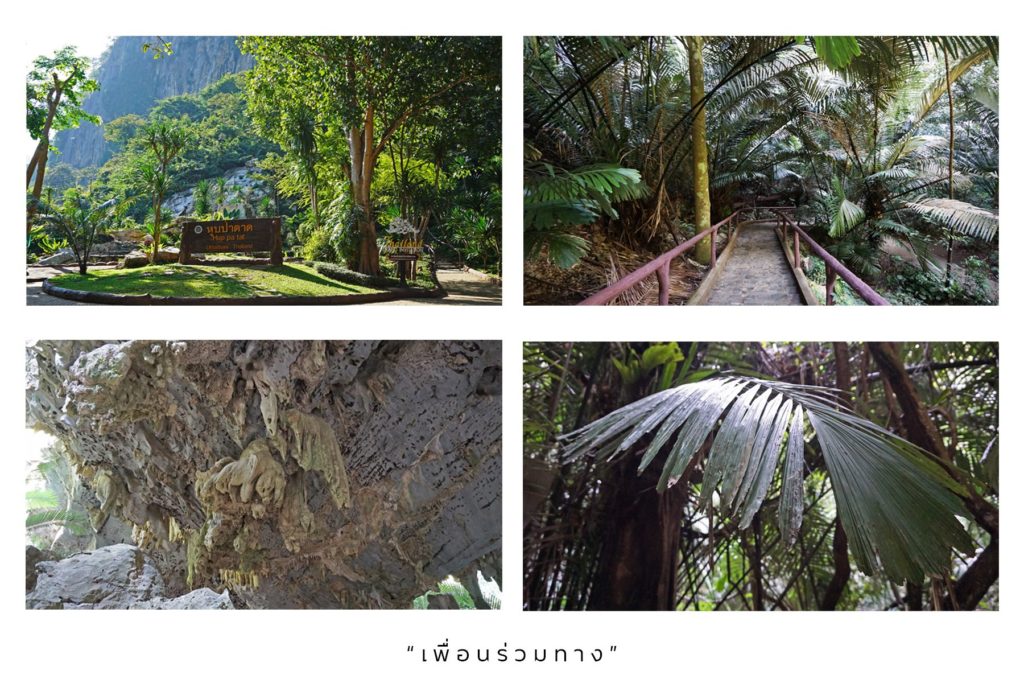
Hup Pa Tat nature trail
This 700-metre nature trail is among our favourite places in Uthai Thani. It’s only 2 kilometres from Ban Chai Khao Viewpoint and can make you feel like you’re walking through a pre-historic forest. The only thing missing is a dinosaur! ![]()
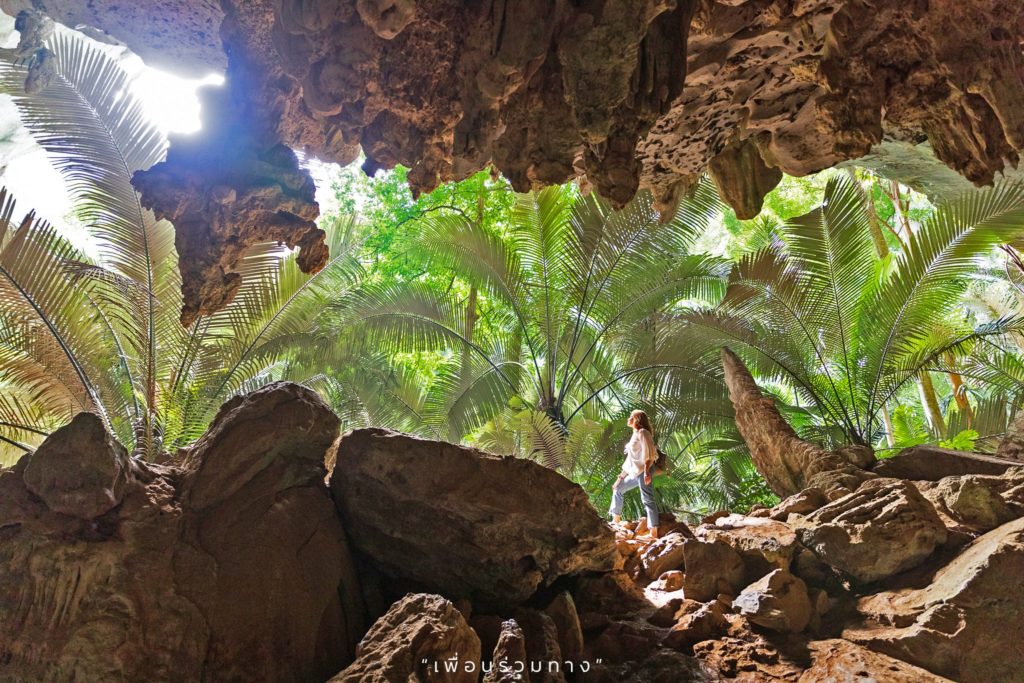
The dominant plants here are sugar palms (Arenga pinnata (Wurmb) Merr.) with many other rare plants. It has been designated a protected area by the Department of National Parks, Wildlife and Plant Conservation.
Hup Pa Tat used to be an enclosed area. There was no passage through this forest except by climbing over the mountain until the department made a way through the cave. You can explore rare plants and many beautiful sugar palms that are vying to get the sunlight coming through the area for only 2-3 hours a day. Come between 11 a.m. – 1 p.m. if you want to catch the spectacular scenes of the sun shining through the cave.
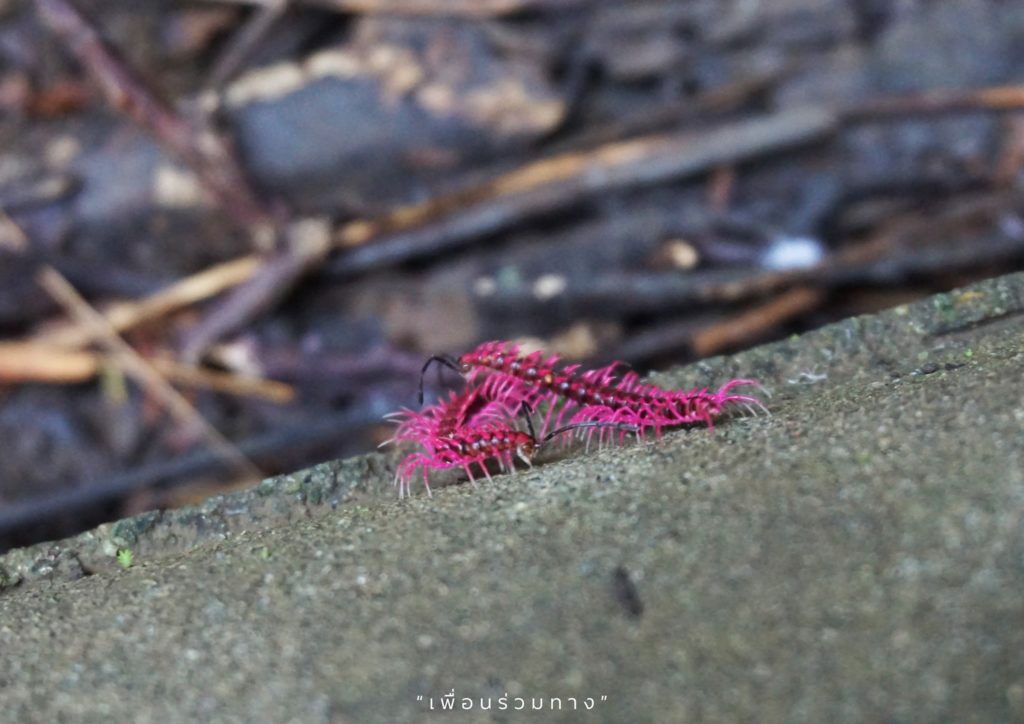
Although a dinosaur is nowhere to be seen ![]() you can look for a shocking pink dragon millipede while on the trail. If you happen to be fascinated by millipedes, look for a tiny pink thing on the ground or trees. They can grow to just 7 centimeters.
you can look for a shocking pink dragon millipede while on the trail. If you happen to be fascinated by millipedes, look for a tiny pink thing on the ground or trees. They can grow to just 7 centimeters.
 Tambon Tung Na Ngam, Amphoe Lan Sak, Uthai Thani.
Tambon Tung Na Ngam, Amphoe Lan Sak, Uthai Thani.  Open daily 8:30 a.m. – 4:00 p.m.
Open daily 8:30 a.m. – 4:00 p.m.  Tam Phra Tun non-hunting area Tel. 0 5698 9128
Tam Phra Tun non-hunting area Tel. 0 5698 9128 https://goo.gl/maps/bvSWP2RR2YM2
https://goo.gl/maps/bvSWP2RR2YM2
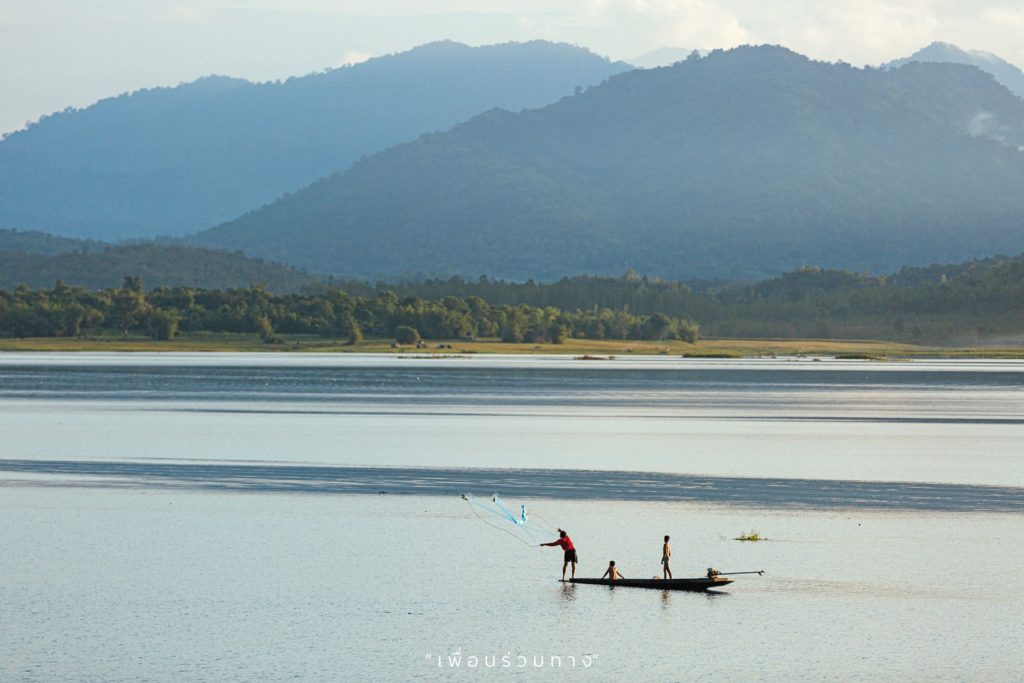
![]() Day 3
Day 3![]() .
.
Thap Salao Reservoir
Locally known as Rabam Dam, Thap Salao is a large earthen dam constructed to provide villagers with water for consumption and a source of freshwater fish.
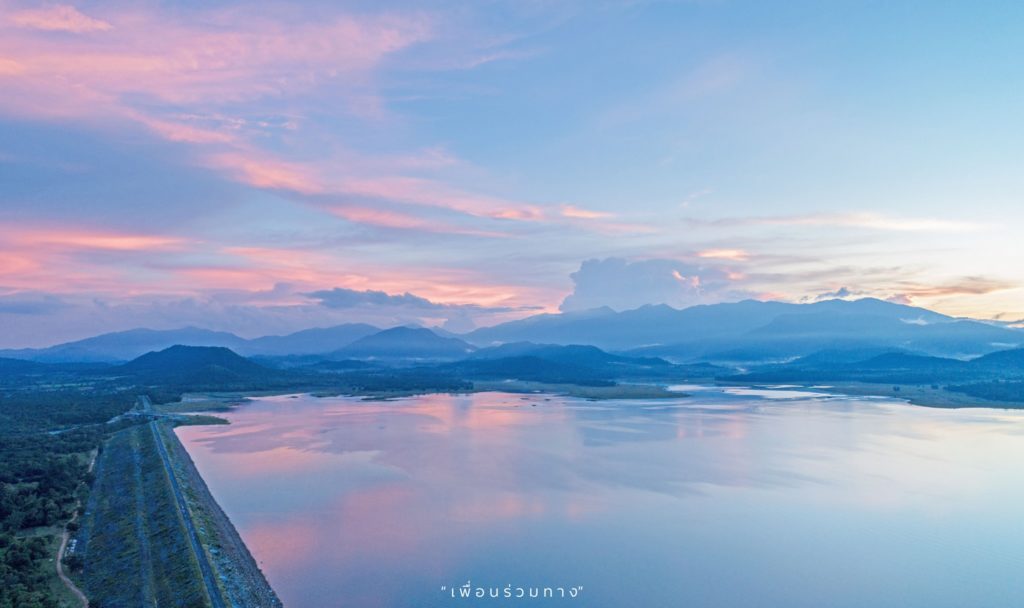
Its scenic views make Thap Salao Reservoir a perfect place to have a picnic. You can also camp out here at no cost. If you arrive in the afternoon, don’t miss the sunset. Bungalows and a co-op shop are also on offer.
 Tambon Rabum, Amphoe Lan Sak, Uthai Thani.
Tambon Rabum, Amphoe Lan Sak, Uthai Thani.  09 8750 9912, 08 1973 5792
09 8750 9912, 08 1973 5792  https://goo.gl/maps/CoRgVLq6b58mxJ737
https://goo.gl/maps/CoRgVLq6b58mxJ737
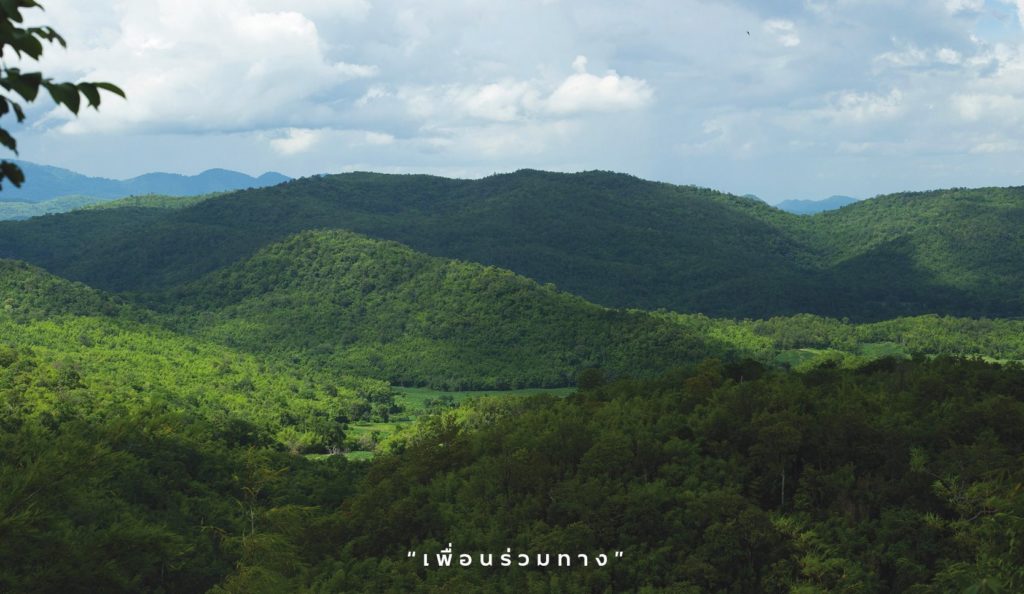
Huai Kha Khaeng Wildlife Sanctuary
Saving the best for last, we conclude this trip at the Huai Kha Khaeng Wildlife Sanctuary, which together with the adjacent Thung Yai Wildlife Sanctuary, was jointly added to the UNESCO World Heritage List in 1991. When combined, the two sanctuaries are the largest conservation area in mainland Southeast Asia. Huai Kha Khaeng Wildlife Sanctuary covers part of Uthai Thani and Tak provinces.
 Tambon Rabum, Amphoe Lan Sak, Uthai Thani.
Tambon Rabum, Amphoe Lan Sak, Uthai Thani.  Open everyday from 6:30 a.m.-4:30 p.m.
Open everyday from 6:30 a.m.-4:30 p.m.  06 5480 1138
06 5480 1138  https://goo.gl/maps/YLv5xTTgbp3ygex58
https://goo.gl/maps/YLv5xTTgbp3ygex58
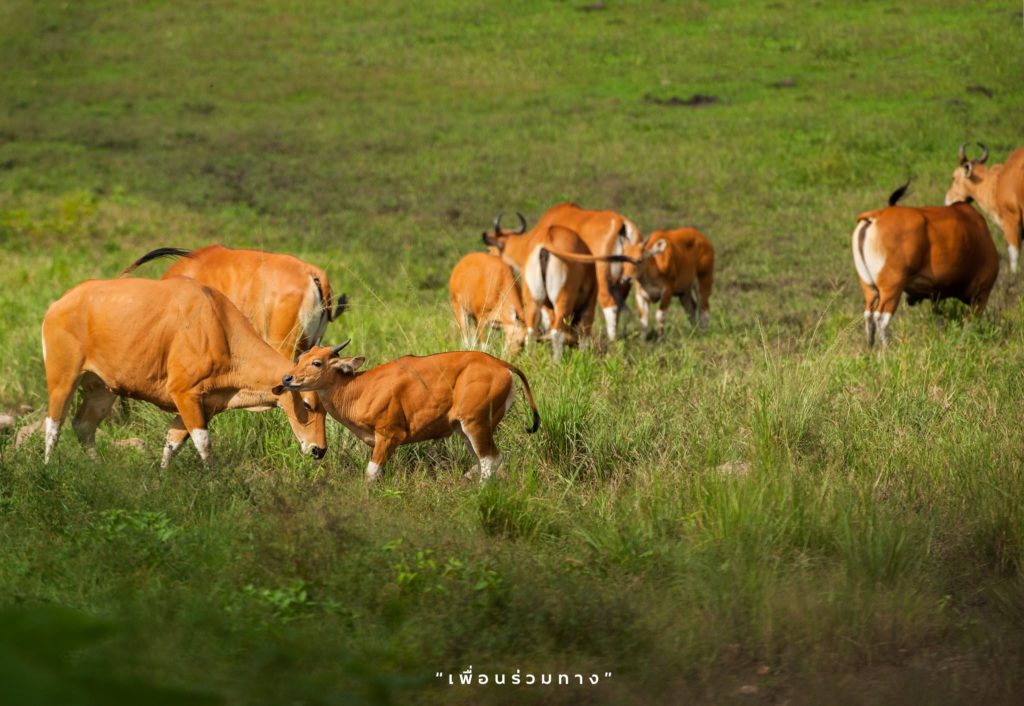
The Sanctuaries are home to a very diverse array of flora and fauna with many rare and endangered animals; such as, bantengs, wild water buffalos, serows, Indochinese leopards and tigers.
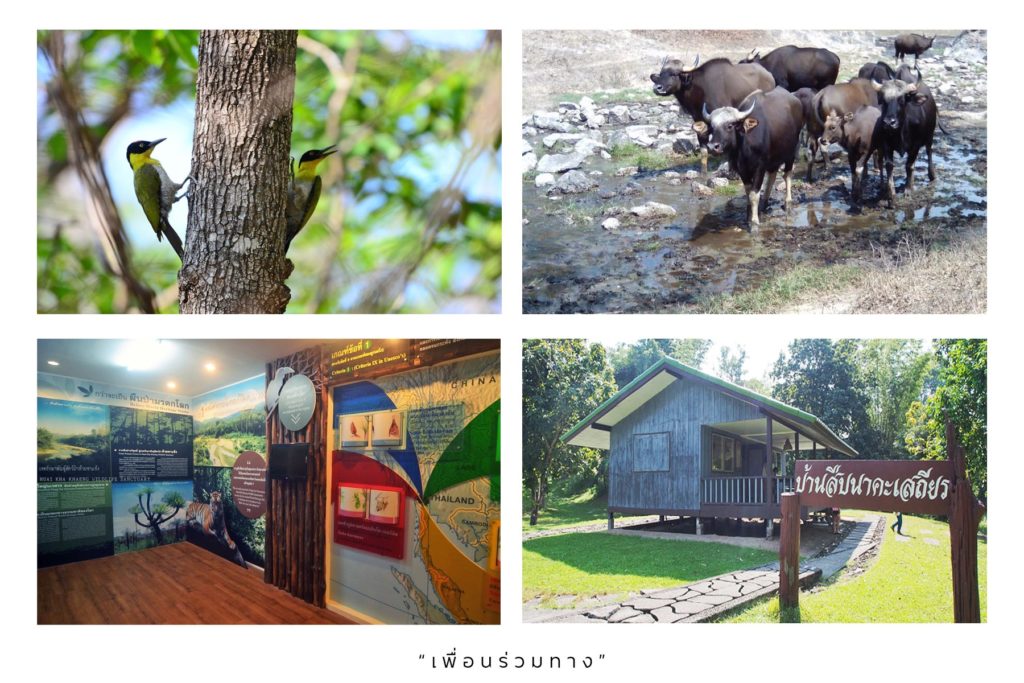
Various activities are available for visitors to Huai Kha Khaeng. You can choose to explore the nature trails, join a night safari tour, see the exhibitions at the memorial building of Huai Kha Khaeng -Thung Yai Wildlife Sanctuary World Heritage, and camp out in the Sanctuary.
If you want to camp out in the Sanctuary, camping grounds and bungalows are available but bring your own food supplies as the Park’s restaurant isn’t open around the clock.
👉 Park officials will accompany visitors wanting to walk the nature trails and taking the night safari tours.
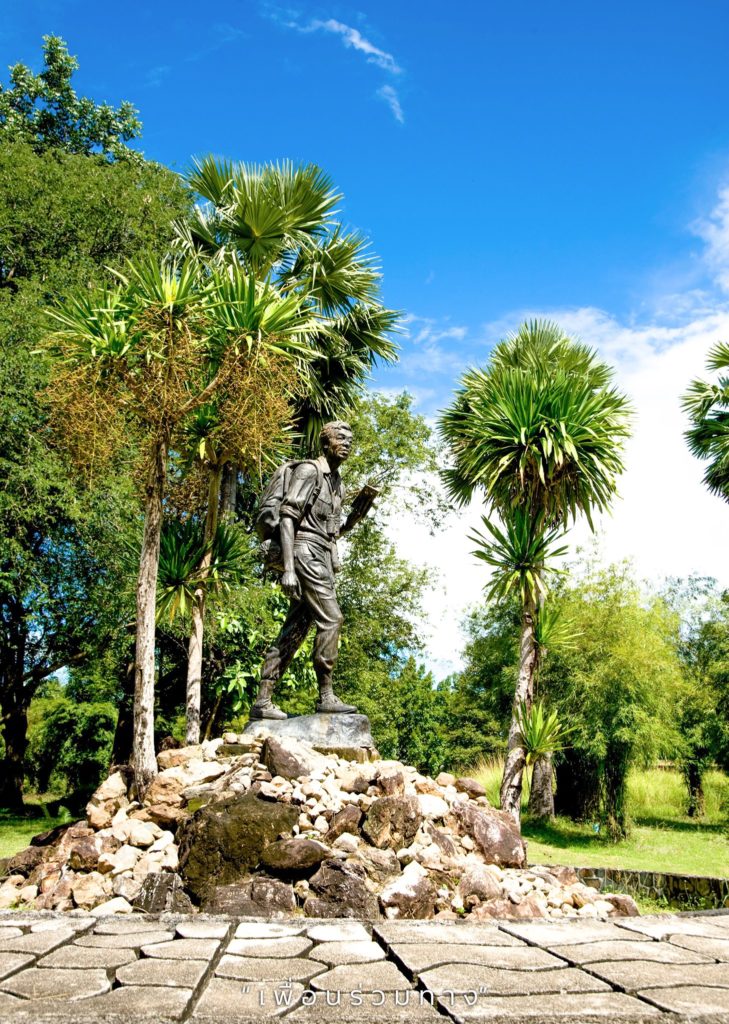
The monument and house of Seub Nakhasathien
1 September of every year is the Memorial Day for Seub Nakhasathien, head of the Sanctuary in 1989 until his death in 1990. He was the country’s top environmental activist and scholar, who played a major role in preserving the nature and wildlife, especially during the construction of the Cheow Lan Dam in Surat Thani. He also spearheaded the listing of the Thung Yai-Huai Kha Khaeng Wildlife Sanctuary as a UNESCO World Heritage Site.
You can have a tour of Seub’s house that has been preserved as if he was still living there. Photos and documents on the table remind visitors of the selfless dedication and sacrifices of Seub and other officials to protect the forests and wildlife.
